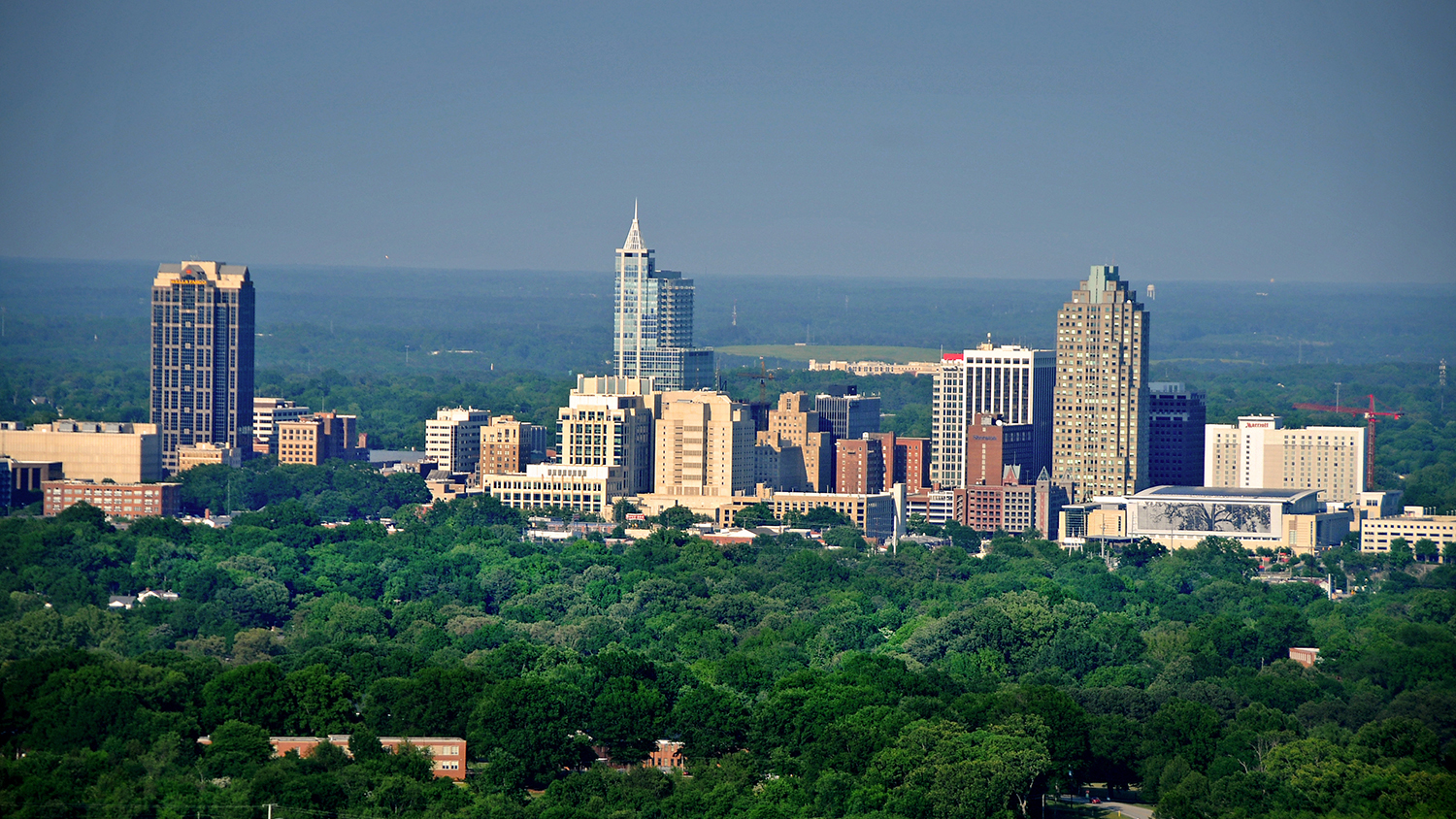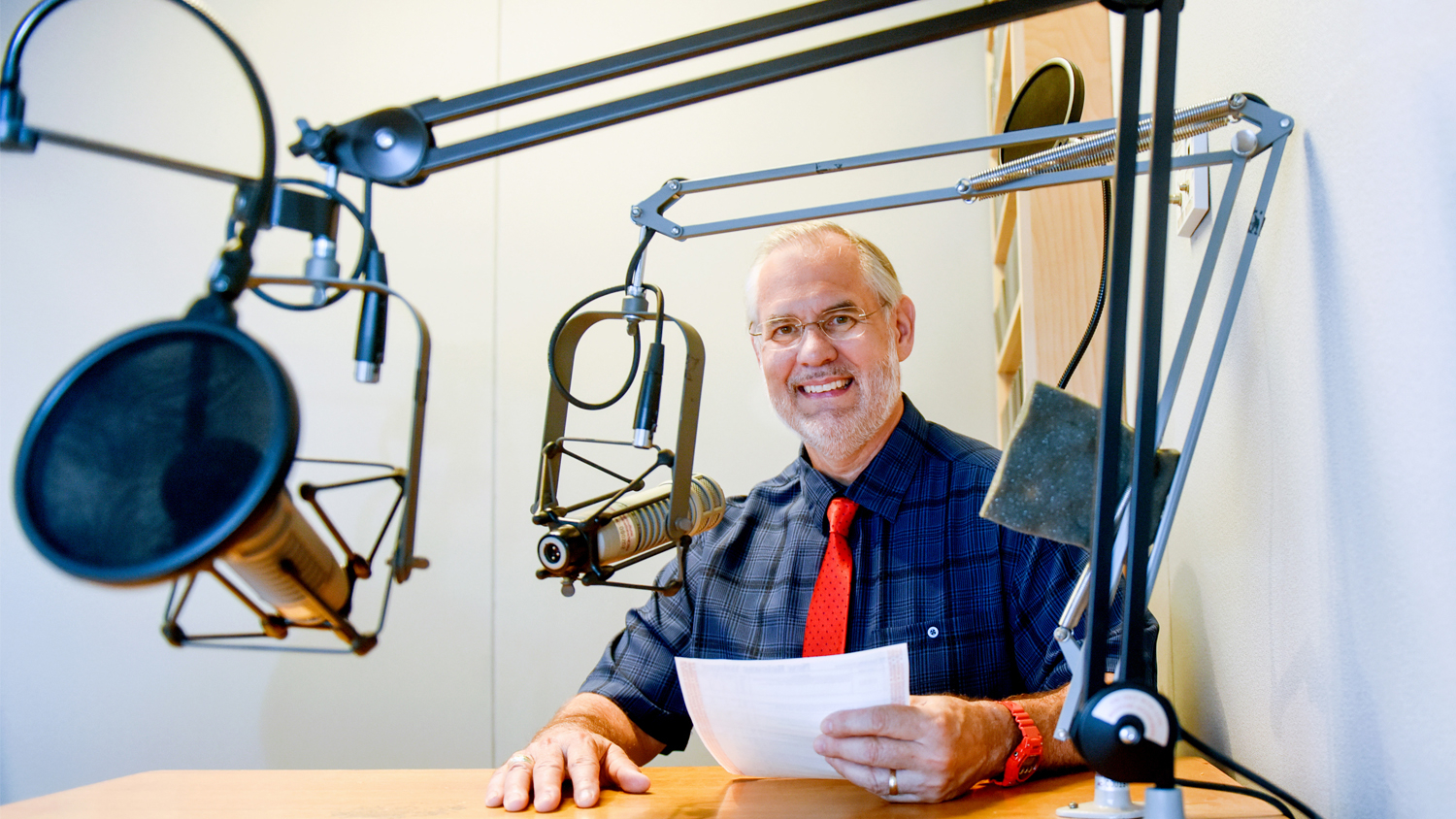You Decide: Are There Costs to the New COVID Stimulus Bill?

By Dr. Mike Walden
The new COVID-19 relief bill is big – really big – as Barney Fife would say. It will provide $1.9 trillion of federal government spending to people, businesses, state and local governments, and a variety of other institutions. This is in addition to $4 trillion of help approved last year.
The logic of this assistance is straightforward. Without the funding, many households would have been destitute, lacking the essentials for living. Also, many more businesses would have become bankrupt. Even with the help, some economists estimate the small business bankruptcy rate may reach 25 percent.
The good news is the economy has been recovering. The bad news is not everyone is back on their feet. Therefore, a strong case can be made that extending help at least through the summer is sensible and needed.
Yet, after following the debates about previous COVID-19 stimulus legislation, I’ve noticed some new questions raised about the current bill, particularly by economists. While these economists understand the need to provide continuing help to those households and businesses who have not yet financially recovered, the economists also worry that there could be some adverse side effects from the massive new federal spending.
The concerns are in three areas: inflation, investments and the impact of debt. Let me look at each of these and then, as always, let you decide how significant they are.
For the better part of a decade, inflation has been a non-issue, with average prices rising between one percent and two percent a year. This is much different than when I joined the NCSU faculty in 1978, when inflation was “the” issue in the economy. And for good reason. For several years in the late 70s and early 80s, the annual inflation rate was in double digits. That’s right, the average cost of living was rising over 10 percent each year.
Higher inflation results when consumers are trying to buy more than what businesses can produce. One famous economist once said, “inflation results when too much money is chasing too few goods and services.”
Some economists say that with the latest $1.9 trillion COVID-19 relief bill, the economy will actually be over-stimulated, where we will reach the point of attempting to buy more goods and services than businesses can produce. Indeed, the Federal Reserve – the central bank of the country – has bought the majority of new debt issued by the government to fund the COVID-19 stimulus packages. The bank has issued new money to cover these purchases. Adding to the worry is the fact that, with so many businesses lost during the pandemic, it will take time to rebuild production.
As a result, rather than seeing annual inflation in the one to two percent range, we may see it in the two to four percent range later this year. This will motivate workers to argue for higher wages to afford the higher prices, thereby increasing business costs and possibly setting up an inflationary cycle.
The second worry is in investment markets, and there are two concerns here. Research shows one-third of past household stimulus checks have been saved, with a substantial portion going into the stock market and pushing stock prices to higher and higher levels. The same will likely happen with the new stimulus checks. If stock prices are pushed to levels not supported by fundamental business factors, the market may be set up for a serious pullback.
The second investment concern is if higher inflation pushes interest rates higher. Increases in interest rates are also often associated with declines in stock values.
The last issue is with the national debt. The federal government has borrowed all the money used in the COVID-19 stimulus plans. The national debt is already over 100 percent of national income for the first time since World War II, and it’s likely to go higher.
Currently there is no need to worry the country can’t pay the interest payments on the debt. The reason is the exceeding low interest rates prevailing today, meaning debt can be borrowed relatively cheaply. In fact, although payments on the national debt as a percent of the value of the economy have risen in the last five years, the percentage is roughly half of what it was in the 1980s and 1990s, and is the same as it was in the year I was born (1951).
But there is a cost associated with higher debt. Many economists argue more borrowing pushes interest rates higher, leading to reduced private investments and slower economic growth. In essence, by borrowing we’ve traded faster economic growth today for slower economic growth in the future. One economic model recently estimated the $1.9 trillion stimulus would slow future economic growth by 10 percent.
If these concerns are believed, we may have traded helping people and businesses and fighting the virus today for potentially higher inflation, a lower stock market and some loss in our future standard of living. Good trade or bad trade? You decide.
Walden is a Reynolds Distinguished Professor and Extension Economist in the Department of Agricultural and Resource Economics at North Carolina State University who teaches and writes on personal finance, economic outlook and public policy.
- Categories:


